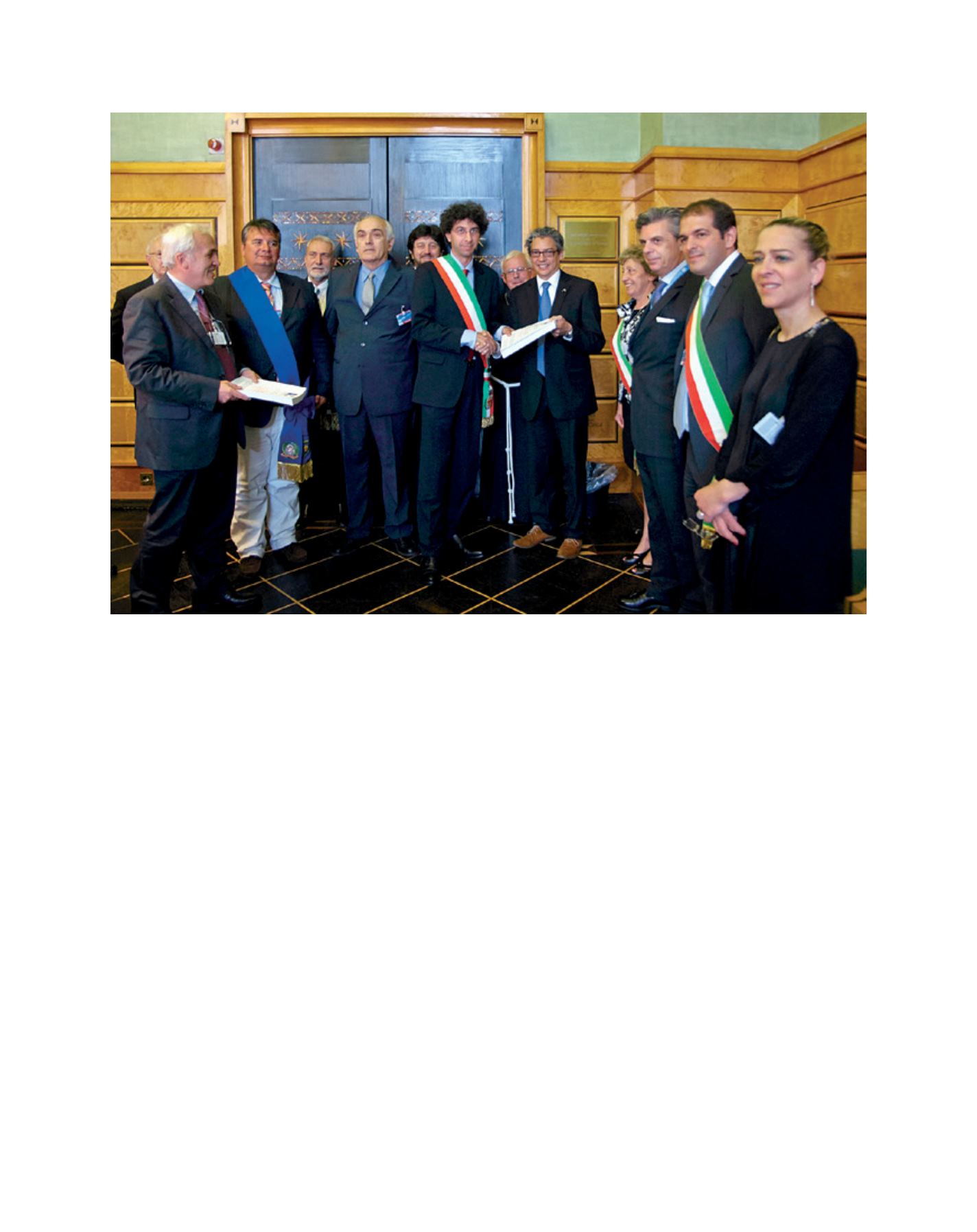

[
] 110
Hence, human rights-based citizenship is a plural citizen-
ship which, unlike traditional national citizenships built on
the premise of excluding foreigners
(ad alios excludendos)
,
is characterized by the premise of including human beings,
any human beings
(ad omnes includendos).
A tree metaphor
can help illustrate this. The trunk represents the status of
universal citizenship, the roots are universally recognised
human rights, and the branches are derived citizenships
(national and sub-national), which, in order to survive,
need to absorb the life-giving sap running up through the
trunk; that is, they must be consistent with the egalitarian
nature of universal citizenship. Redefined thus, where the
overarching parameter is the
ius humanae dignitatis
(the
right to human dignity), there is clearly no room for the
discriminatory
ius sanguinis
(right of blood). For admin-
istrative-civil registry purposes, the determining factor is
a non-nationalistic interpretation of the
ius soli
(right of
the soil). All this requires a radical overhaul of national
laws, starting from those on immigration. It is not an easy
journey and it will take a long time for racism, nationalism
and ‘war hero’ attitudes to be subdued, but it is time to start
working on it.
There are several initiatives heading in this direction
in Italy, promoted by academics, local authorities and
civil society organizations and which, in many cases, go
beyond the limits of national laws. For example, some local
administrations grant honorary citizenship to immigrants’
children regardless of the legal or illegal immigrant status
of their parents; others present all school pupils, includ-
ing immigrants’ children, with a certificate as ‘pioneers of
plural citizenship’. The principle to which they make more
or less explicit reference is that of ‘the best interests of the
child” set forth in Article 3 of the International Convention
on the Rights of the Child.
As is well known, since 1992, plural citizenship has
existed within the European Union’s (EU) legal-territorial
space, comprising a national citizenship and a European
citizenship deriving from the former: one is a citizen
of the EU if one is a citizen of an EU member state. So
although this citizenship is not directly grounded in human
rights, and despite its reproducing the
ad alios excludendos
premise, it is still a sign that citizenship can be made plural.
It should be noted that the EU is a thriving laboratory of
multi-level governance, which has adopted its own EU
Charter of Fundamental Rights, the central figure of which
is the human person as such. Taking into consideration
the constitutionally evolutionary vocation of the EU, the
University of Padua Human Rights Centre is advocating for
a uniform European law that, starting from the EU Charter,
would invert the relationship between EU citizenship and
national citizenship, making the former primary and the
latter derived citizenship. Its strapline is: “why a single
currency (the Euro) and why not a single European human
rights-based citizenship for all member states?”
Image: Coordinamento Nazionale Enti Locali Pace Diritti Umani
The Palais des Nations in Geneva: a delegation of mayors delivers a copy of the first 100 motions on intercultural dialogue approved by local councils
A
gree
to
D
iffer

















